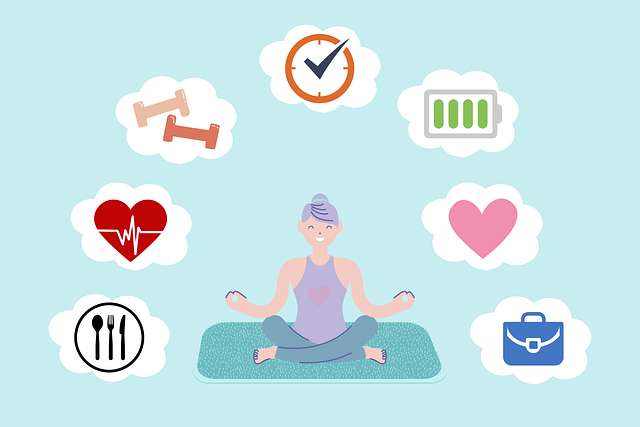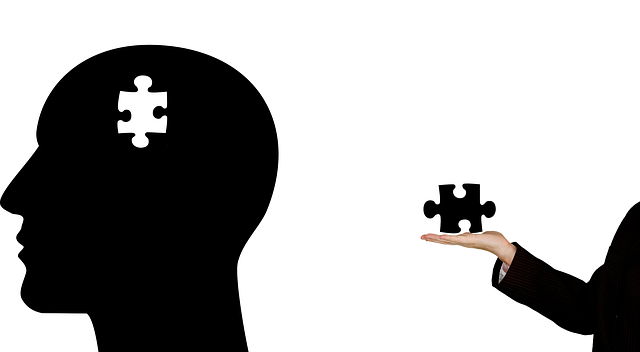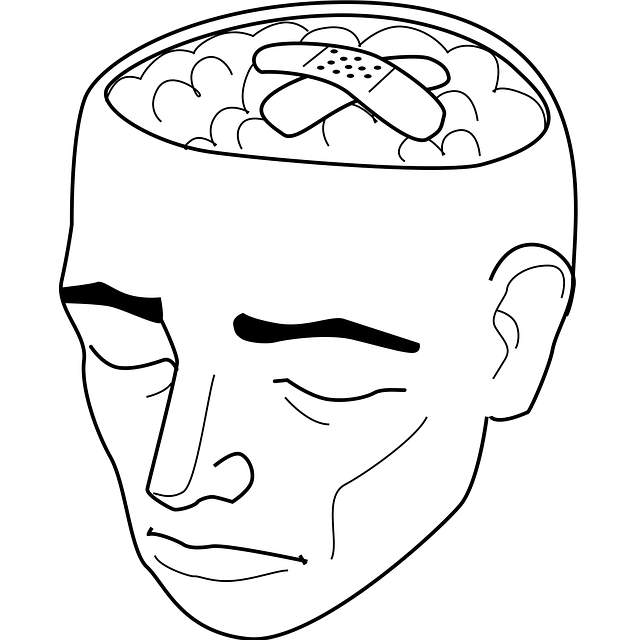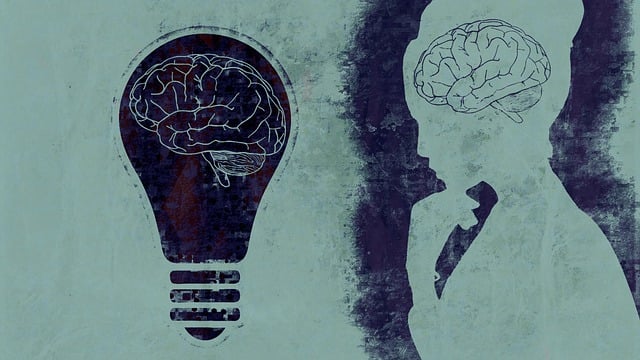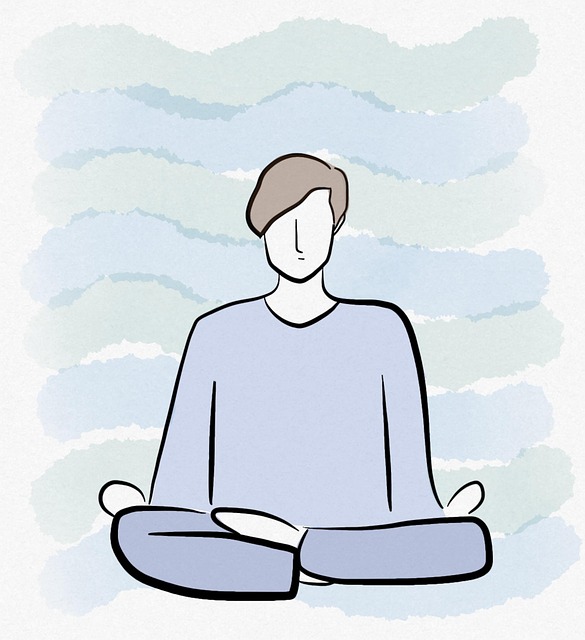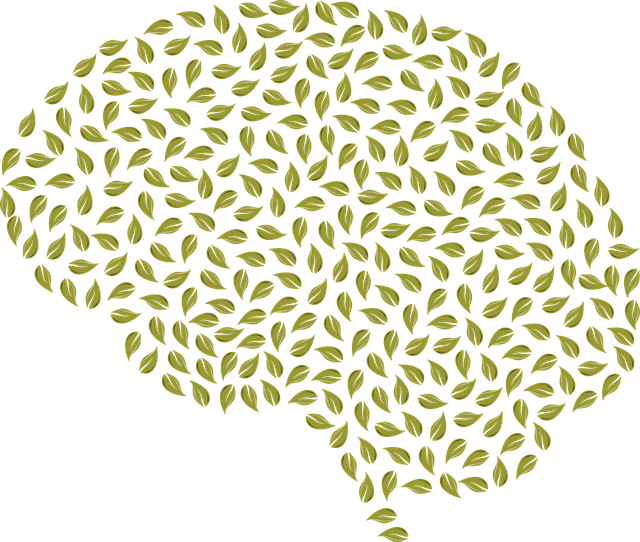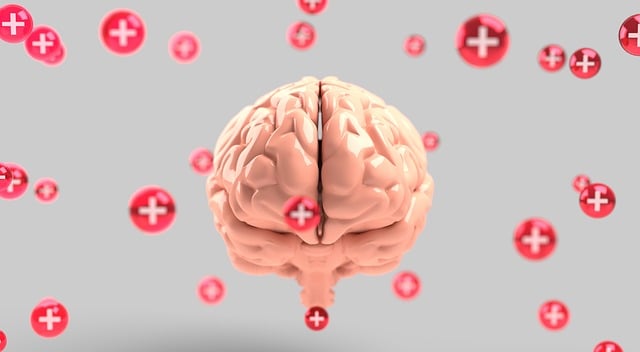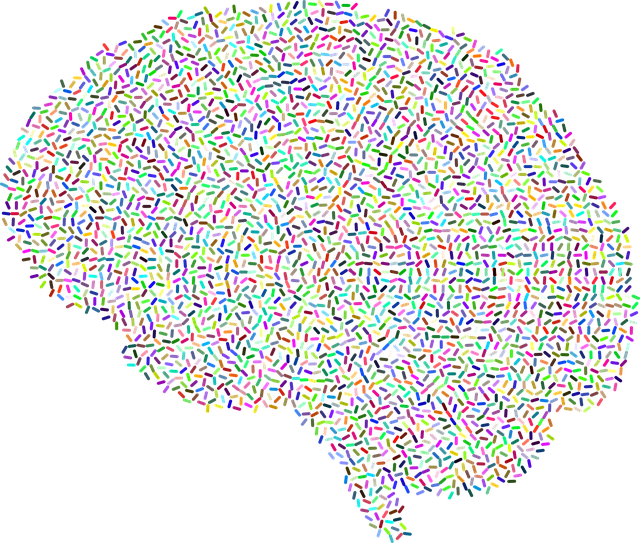Chronic pain, a complex condition impacting daily life for months or years, arises from various sources and lacks a warning function. Effective support requires personalized care addressing both physical and emotional aspects. Centennial Chronic Pain Therapy emphasizes positive thinking as a powerful tool to manage symptoms like anxiety and improve overall well-being. Techniques such as mindful breathing and affirmations reprogram the mind for optimism, fostering resilience. Integrating these practices into therapy enhances quality of life by intertwining mental and physical health, promoting holistic coping strategies.
Chronic pain is a prevalent condition affecting millions, significantly impacting daily life and overall well-being. This article explores a transformative approach to managing chronic pain through the implementation of positive thinking exercises. We delve into the science behind positive psychology, offering practical strategies for cultivating a positive mindset. By integrating these techniques with Centennial Chronic Pain Therapy, individuals can experience improved quality of life and enhanced resilience in navigating persistent pain.
- Understanding Chronic Pain and Its Impact on Daily Life
- The Power of Positive Thinking: A Transformative Tool
- Developing a Positive Mindset: Practical Exercises
- Integrating Positive Thinking into Chronic Pain Therapy
- Long-term Benefits and Continuous Practice for Sustainable Living
Understanding Chronic Pain and Its Impact on Daily Life

Chronic pain is a complex and persistent issue that significantly impacts an individual’s daily functioning. It is a long-term condition characterized by ongoing pain signals sent to the brain, often stemming from various sources such as injuries, illnesses, or neurological disorders. Unlike acute pain, which serves as a warning signal, chronic pain can persist for months or even years, affecting one’s quality of life and overall well-being. This persistent discomfort can make simple tasks challenging and lead to increased stress, anxiety, and depression.
Understanding the impact of chronic pain on daily life is essential in providing effective support and treatment. Many individuals struggling with chronic pain experience limitations in their physical abilities, which can affect their work performance, social interactions, and overall independence. Building empathy through awareness campaigns and culturally sensitive mental healthcare practices is crucial. Strategies like conflict resolution techniques between patients and healthcare providers can improve communication, ensuring personalized care that addresses both the physical and emotional aspects of chronic pain therapy, specifically targeting the needs of diverse patient populations in Centennial Chronic Pain Therapy.
The Power of Positive Thinking: A Transformative Tool

Positive thinking is a powerful tool that can transform lives, especially for those dealing with chronic pain conditions like Centennial Chronic Pain Therapy patients. This simple yet profound practice has the potential to drastically improve one’s mental and emotional state, fostering resilience and enhancing overall well-being. By cultivating positive thoughts and reframing negative ones, individuals can significantly impact their perception of pain, stress, and anxiety, leading to better coping mechanisms.
Embracing positive thinking involves a mindful shift in perspective, which is crucial for risk management planning among mental health professionals. It encourages the development of emotional intelligence, enabling professionals to guide their clients effectively. This approach not only aids in managing symptoms like anxiety relief but also empowers individuals to navigate life’s challenges with greater ease and optimism.
Developing a Positive Mindset: Practical Exercises

Developing a positive mindset is an essential aspect of Centennial Chronic Pain Therapy, offering a powerful tool to manage and reduce pain symptoms. Practical exercises aimed at cultivating positivity can significantly enhance overall well-being. One simple yet effective method is mindful breathing. By focusing on slow, deep breaths, individuals can calm their minds and bodies, reducing stress and anxiety. This technique encourages a present-moment awareness, helping to shift the focus away from negative thoughts towards a more positive and relaxed state.
Additionally, positive affirmations are a game-changer in Stress Reduction Methods. Repeating encouraging statements, such as “I am capable of managing my pain” or “I am strong and resilient,” can reprogram the mind to adopt a more optimistic outlook. This practice is especially beneficial for those seeking Anxiety Relief, as it promotes self-confidence and a sense of empowerment. Incorporating these exercises into daily routines allows individuals to navigate their chronic pain journey with greater resilience and a brighter perspective.
Integrating Positive Thinking into Chronic Pain Therapy

Integrating positive thinking into chronic pain therapy is a game-changer for many individuals navigating the challenges of long-term pain. This approach shifts the focus from solely managing symptoms to fostering emotional resilience and overall well-being. In the context of Centennial Chronic Pain Therapy, healthcare professionals are incorporating mental health education programs designed to teach patients effective coping strategies and emotional regulation techniques.
By integrating positive thinking exercises into treatment plans, therapists empower patients to develop a more adaptive mindset, enhancing their ability to manage pain and improve quality of life. Public awareness campaigns development in this area can further educate the community on the significance of mental health alongside physical well-being, fostering a holistic approach that recognizes the profound impact of both on overall health outcomes.
Long-term Benefits and Continuous Practice for Sustainable Living

The benefits of positive thinking extend far beyond immediate emotional gains. Over time, cultivating a positive mindset can lead to significant improvements in overall well-being, particularly for those managing chronic conditions like long-term pain. Centennial Chronic Pain Therapy highlights this aspect by focusing on not just treating symptoms but empowering individuals with tools to manage their condition effectively and improve quality of life. Regular practice of positive thinking becomes a powerful self-care practice, fostering resilience and enabling individuals to navigate challenges with greater ease.
Continuous engagement in positive thinking, akin to Crisis Intervention Guidance, helps build mental fortitude, making it easier to cope with stressful situations. This consistent approach to mental well-being is key to sustainable living, as it encourages a holistic perspective on health, where physical and mental aspects are intertwined. By integrating positive thinking into daily routines, individuals can create a harmonious balance, leading to lasting happiness and improved coping mechanisms.
Positive thinking exercises offer a powerful tool in navigating chronic pain, transforming one’s daily experience. By integrating these practices into therapy, individuals can enhance their quality of life and overall well-being. The long-term benefits of consistent practice promote resilience and sustainable living, empowering folks to manage pain effectively and embrace a brighter, more optimistic future through Centennial Chronic Pain Therapy.
